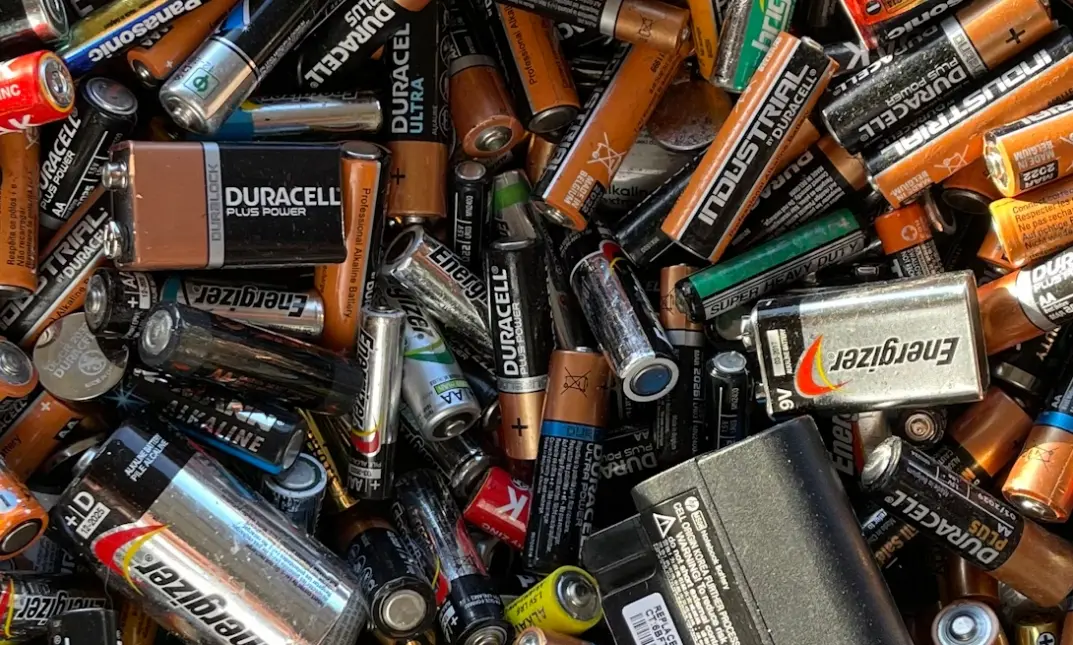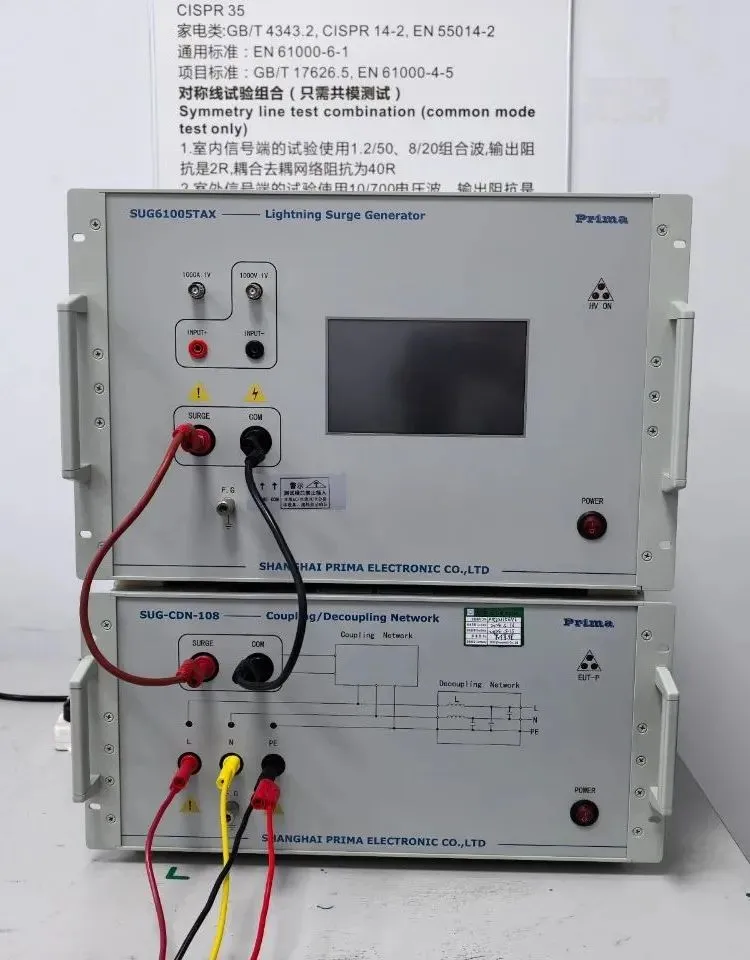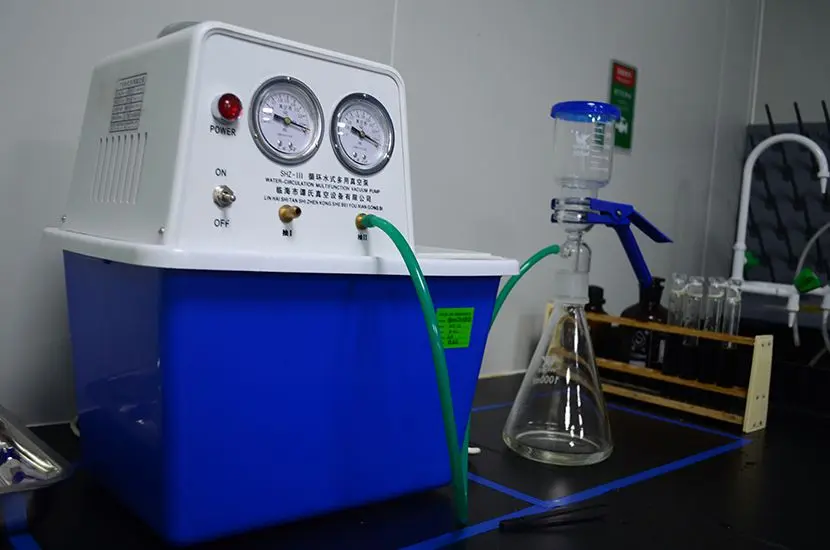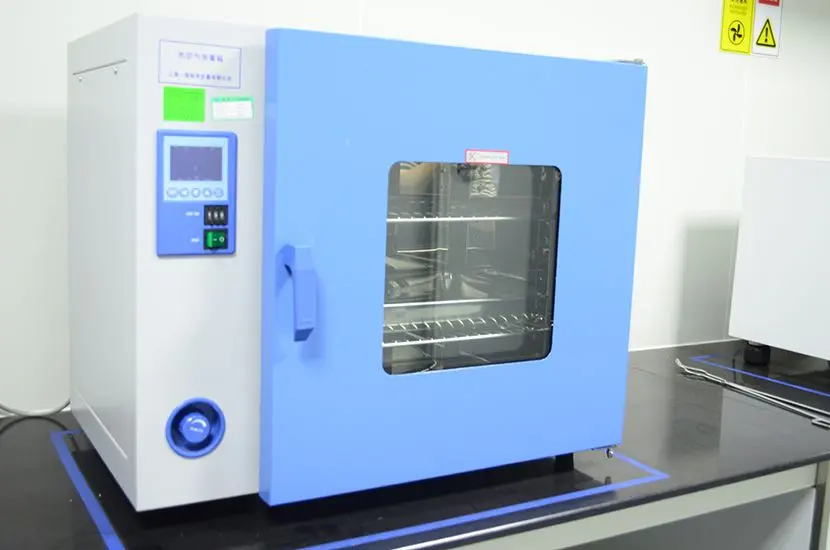
What is the UL 2743 Certification Test?
Energy storage power supplies, also known as portable AC/DC power supplies or emergency power supplies, have various names depending on their application scenarios. Generally, an energy storage power supply is a high-capacity mobile power source, a device capable of storing electrical energy. Its working principle involves providing a 220V AC output, which can drive low-power appliances such as rice cookers and coffee machines, serve lighting needs, power outlets, and charge various devices. It not only includes all the functions of an online UPS, providing stable power protection for critical loads, but also optimizes UPS performance and reasonably saves investments in fuel pumps, reactive power compensation equipment, and voltage regULation equipment.

Currently, energy storage power supplies have become hot-selling products in the electronics category on Amazon. However, as the number of sellers offering these products increases, the platform’s scrutiny has intensified. Sellers must provide a ul 2743 report; otherwise, their product listings will be directly removed! The checks on products in the Amazon backend are conducted by Amazon robots. If a product is randomly checked and the seller cannot provide the UL 2743 report within 48 hours, all products being sold will be removed from the platform. Amazon's product listing policy requires that all large energy storage devices must provide a UL 2743 report.
Interpretation of UL 2743 Standard
Portable backup power products may contain the following components:
- One or more batteries, electrocheMICal capacitors, or electrochemical capacitor modules.
- The built-in battery must be a lead-acid battery or a lithium-ion battery.
- Must have one or more inputs and one or more outputs.
- Equipped with a car emergency ignition function with a maximum output voltage not exceeding 24V.
- Suitable for outdoor use, or for short outdoor and indoor use.
- Similar functions to air pumps, alarm lights, or lighting.
- Voltage meters and related instruments.
- Inverters, car charging adapters, battery charging circuits.
- Products within the scope of ul 2056 are not included in this standard.
Key Component Certification Requirements
1. Built-in Lead-acid Battery: UL1989
2. Built-in Lithium-ion Battery: ul1642
3. Metal Shell: Must be corrosion-resistant. Meet minimum thickness requirements in Table 7.1 or 7.2 of the standard.
4. Plastic Shell: Minimum UL certification of V1 flame retardancy. Plastic UL certification temperature at least 90℃. HAI value < 3.
5. Input Power Cord: Type G, SO, SJO, SJEO, SJTO, STO, or equivalent. Not less than 6 feet (1.8m).
6. External Power Photovoltaic Panel: UL1741 or UL62109
7. External Power Car Cigarette Lighter: UL2089
8. External Power Adapter: ul1310 or UL60950-1
9. Output Car Ignition Line: UL758 or UL1839
10. Output Connection Terminal: UL1977 or UL1839
11. Battery Clamp Insulation Material: Minimum flame retardant level HB or UL1839
12. AC Output Socket: UL498 (120Vac, 15A maximum, NEMA 1-15R)
13. DC Output Socket or USB Port: UL1977
14. Tire Inflation Compressor: UL1054
15. Switch: UL1054 or UL61058-1 certification
16. Internal Inverter Circuit (DC to AC): UL1012
17. Relay: UL508
18. Internal Plastic Components: Minimum flame retardant level V-2
19. Circuit Board (PCB): Minimum flame retardant level V-1
Product Testing Items
1. Input Test / Power Input Test
2. Normal Charging Operation Test
3. Leakage Current Test
4. Normal Temperature Test
5. Leakage Current Following Humidity Conditioning
6. Dielectric Voltage Withstand Test
7. Output Short Test
8. Reverse Polarity of Booster Cables
9. Component Faults
10. Blocked Ventilation Test
11. Overcharging Test
12. Vibration Test
13. Ground Continuity
14. Strain Relief Test
15. Impact Test
16. Drop Test
17. Mold Stress Test
18. Hydrostatic Strength Test
19. Rain Test
20. Power Pack Ampacity Test
21. Back Feed Test
22. Cold Bend Test
23. Clamp Test
Sample Preparation
- Portable Power Supply: 8 pcs batteries + 5 pcs inverters + 5 pcs oil-free transformers + 5 pcs BMS, main control boards.
- Car Start Power Supply: 15 pcs batteries + 2 pcs chargers + 2 pcs ignition lines (if available).
Project Cycle
- Portable Power Supply: 6-8 weeks
- Start Power Supply: 4-6 weeks
Project Process
1. Inquiry: Prepare necessary technical documentation or change notes, and confirm the presence of sockets, Bluetooth, Wi-Fi, etc.
2. Sample Evaluation:
- Assess project content
- Evaluate product structure (creepage distance, insulation protection, etc.)
- Applicant prepares samples
3. Institution Opening Case: Verify company address registration information, whether agreements have been signed, and check for factory audits.
4. Product Testing:
- Review sample structure
- Conduct sample testing
5. Draft Preparation:
- Provide remaining technical documentation
- Organize testing data forms
6. Report Review
7. Factory Audit
8. Issuance of Certification
Email:hello@jjrlab.com
Write your message here and send it to us
 What Are the Testing Items of California Propositi
What Are the Testing Items of California Propositi
 E-Cigarette EU TPD Testing
E-Cigarette EU TPD Testing
 Testing Certification for E-cigarettes Exported to
Testing Certification for E-cigarettes Exported to
 What is Amazon US CPC Certification?
What is Amazon US CPC Certification?
 UK Toy Safety Regulation Standard EN 71-13
UK Toy Safety Regulation Standard EN 71-13
 What is EU UFI Registration?
What is EU UFI Registration?
 EU UFI Registration for E-cigarette E-liquid
EU UFI Registration for E-cigarette E-liquid
 How to get the MSDS Report for Electronic Cigarett
How to get the MSDS Report for Electronic Cigarett
Leave us a message
24-hour online customer service at any time to respond, so that you worry!




